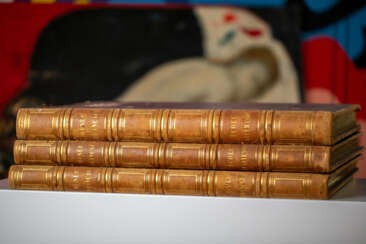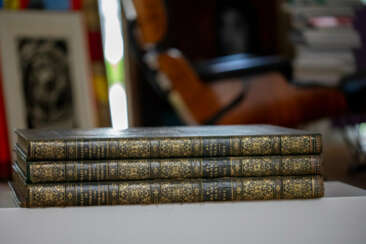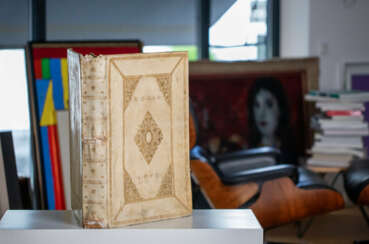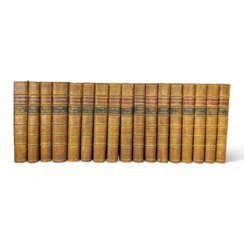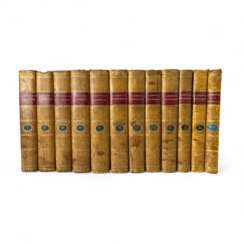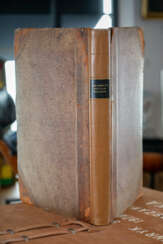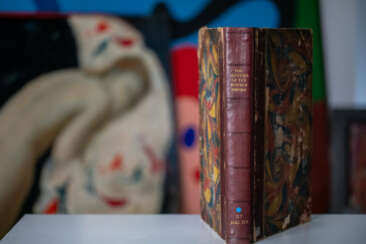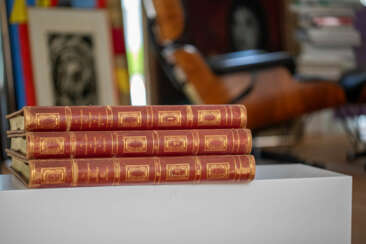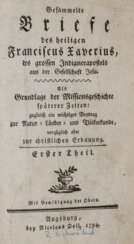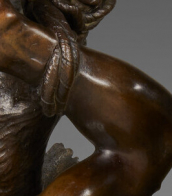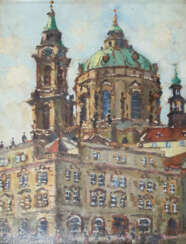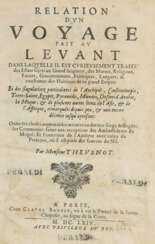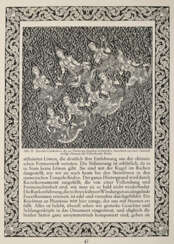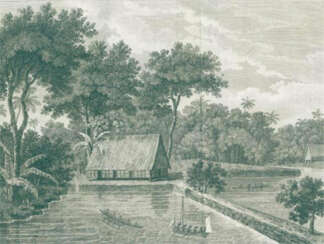Antiquarian books — Auction
Lot 153 Musée Français. Recueil des plus beaux tableaux, statues, et bas-reliefs qui existaient au Louvre av
A136: Alte Kunst, Antiquitäten, Interieur & Design 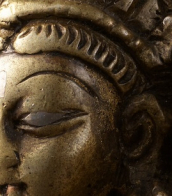

WETTMANN | Auktionshaus an der Ruhr
A136: Alte Kunst, Antiquitäten, Interieur & Design
Date: 13.12.2025 11:00 UTC +01:00
Number of lots in the catalog: 376
Lot 145 Henry Thomas Alken, A Collection of Sporting and Humorous Designs Comprising a Variety of Entertaini
A136: Alte Kunst, Antiquitäten, Interieur & Design 

WETTMANN | Auktionshaus an der Ruhr
A136: Alte Kunst, Antiquitäten, Interieur & Design
Date: 13.12.2025 11:00 UTC +01:00
Number of lots in the catalog: 376
Lot 152 Denis Diderot und Jean Baptiste le Rond d'Alembert Encyclopédie, ou Dictionnaire raisonné
A136: Alte Kunst, Antiquitäten, Interieur & Design 

WETTMANN | Auktionshaus an der Ruhr
A136: Alte Kunst, Antiquitäten, Interieur & Design
Date: 13.12.2025 11:00 UTC +01:00
Number of lots in the catalog: 376
Lot 155 Friedrich Justin Bertuch, Picture book for children containing a collection of educational objects
A136: Alte Kunst, Antiquitäten, Interieur & Design 

WETTMANN | Auktionshaus an der Ruhr
A136: Alte Kunst, Antiquitäten, Interieur & Design
Date: 13.12.2025 11:00 UTC +01:00
Number of lots in the catalog: 376
Lot 159 The Works of William Hogarth from the Original Plates Restored. By James Heath Esq. R. A.
A136: Alte Kunst, Antiquitäten, Interieur & Design 

WETTMANN | Auktionshaus an der Ruhr
A136: Alte Kunst, Antiquitäten, Interieur & Design
Date: 13.12.2025 11:00 UTC +01:00
Number of lots in the catalog: 376
